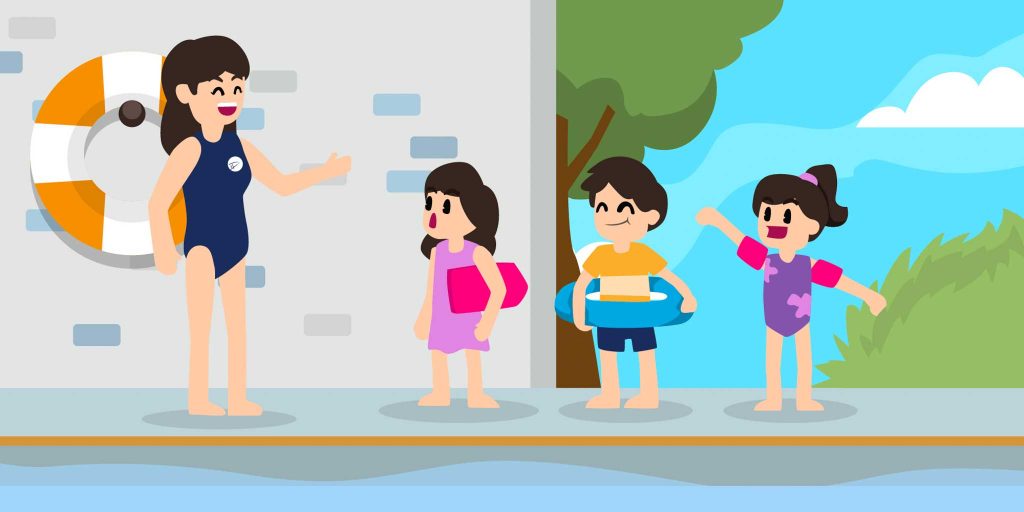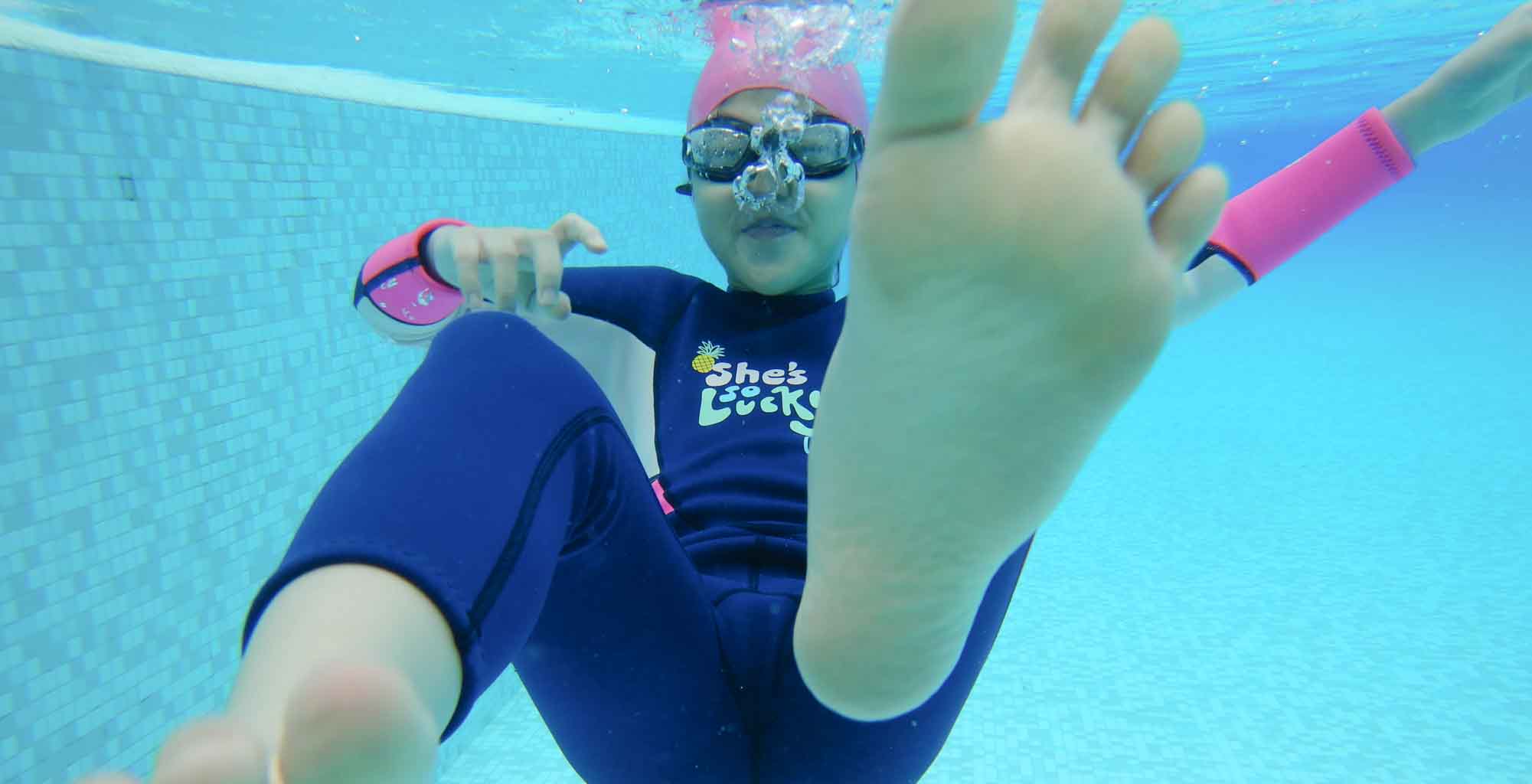Survival Swimming Lessons Minimize The Risk of Drowning in Children By 88%.

Many beautiful memories are built around water throughout life, from holidays spent at the pool to family fishing excursions and more. Water, however, is not without danger: drowning is the most significant cause of unintentional death among children aged one to four. And, because accidents may happen in as little as two inches of water, your children are at risk even if you don’t live near a body of water.
These numbers are not pleasant for parents to consider, but they are vital to be aware of. After all, it is our responsibility to watch out for our children. That includes watching them while you’re near water and teaching them the skills and information they’ll need to stay as safe as possible.
Is there a more encouraging statistic worth knowing? Formal swim instruction can lower children’s drowning risk by up to 88 percent.
Survival-first swim training may help newborns as early as three months old, as evidenced by Friendly Dolphin Swim School sessions. Friendly Dolphin Swim School, which teaches swimming in Singapore, specializes in survival-first swim classes, focusing on water acclimation and survival methods before improving stroke.
For parents, this means you can be certain that their children are not only having fun in the water but also learning to stay safe.
More about water safety and survival-first swim lessons…
What Makes Survival-First Swim Classes Unique?
Although we frequently consider learning to swim the most excellent method to defend ourselves, water survival necessitates a distinct set of abilities.
Mastering swim strokes can come later, but the five most critical abilities for a severe emphasis on safety are.
- How to enter and exit a pool securely using the wall: When a swimmer cannot find a nearby ladder or set of stairs to escape a pool, panic might set in. When a youngster can comfortably enter and exit a pool utilizing the wall, they can remain calm and get out of the water without being overly tired. But not all water catastrophes occur in the pool, so it’s critical to acquire water survival techniques that can be applied in any scenario.
- Floating Instructions: Floating is the first skill a swimmer should learn, according to Friendly Dolphin Swim School, since it helps them stay above water for a long time without using too much energy. Students in survival-first swim sessions can learn to float as young as three months old.
- How to Get to the Top: Swimmers in survival-first swim classes are taught how to rise to the surface of deep bodies of water. This is critical for protecting youngsters who may unintentionally fall into the water.
- The safest posture for a kid in a water survival emergency is on their back, which allows them to float, collect their breath, and shout for aid. Children as young as newborns can assist in protecting themselves by learning to roll from their stomach to their back when in water.
- More experienced pupils can move on to developing and perfecting the four swim strokes after learning core abilities such as floating, rising, and rolling.
- Classes at Friendly Dolphin Swim School are organized not just by age but also by survival-based ability levels. Each kid receives customized support as they go through the skills in small groups of no more than six children per instructor. The sessions are curriculum-based, which means that there are clear goals within each level, which gives children a feeling of success and keeps them motivated as they improve their abilities.
What Are The Benefits of Survival-First Swim Lessons?
There is no substitute for keeping a close eye on your youngster while they are near water. However, even skilled swimmers can get into difficulties near water, and drowning typically occurs in silence rather than with arms flailing and gasping.
Children gain the skills and information that significantly minimizes the danger of drowning with a multi-layered approach to water safety, such as that provided by Friendly Dolphin Swim School classes.
To further instill water safety in older children, discuss ground rules such as always swimming with a friend and taking frequent stops. Wear a life jacket when in the water for more minor children, and keep any toys out of the water while not in use.
Swimming lessons should be continued throughout the year, not only during the short holiday. With Friendly Dolphin’s Swim School’s year-round programs, you can assist your kid in improving water safety skills in the off-season and be swim-ready all the time.
The emphasis on enjoyment is strong throughout survival-first swim classes. Why? Because this helps to reinforce the fundamental skills kids are acquiring concurrently. Babies and young children may quickly learn (with the assistance of muscle memory) how to defend themselves in water by repeating actions that build on core water survival abilities, such as back floating and rising to the surface.
Friendly Dolphin Swim School offers a range of programs for youngsters as young as three months old. Friendly Dolphin Swim School prepares pupils to appreciate water for the rest of their lives by teaching them in small groups supervised by highly qualified and experienced teachers.


